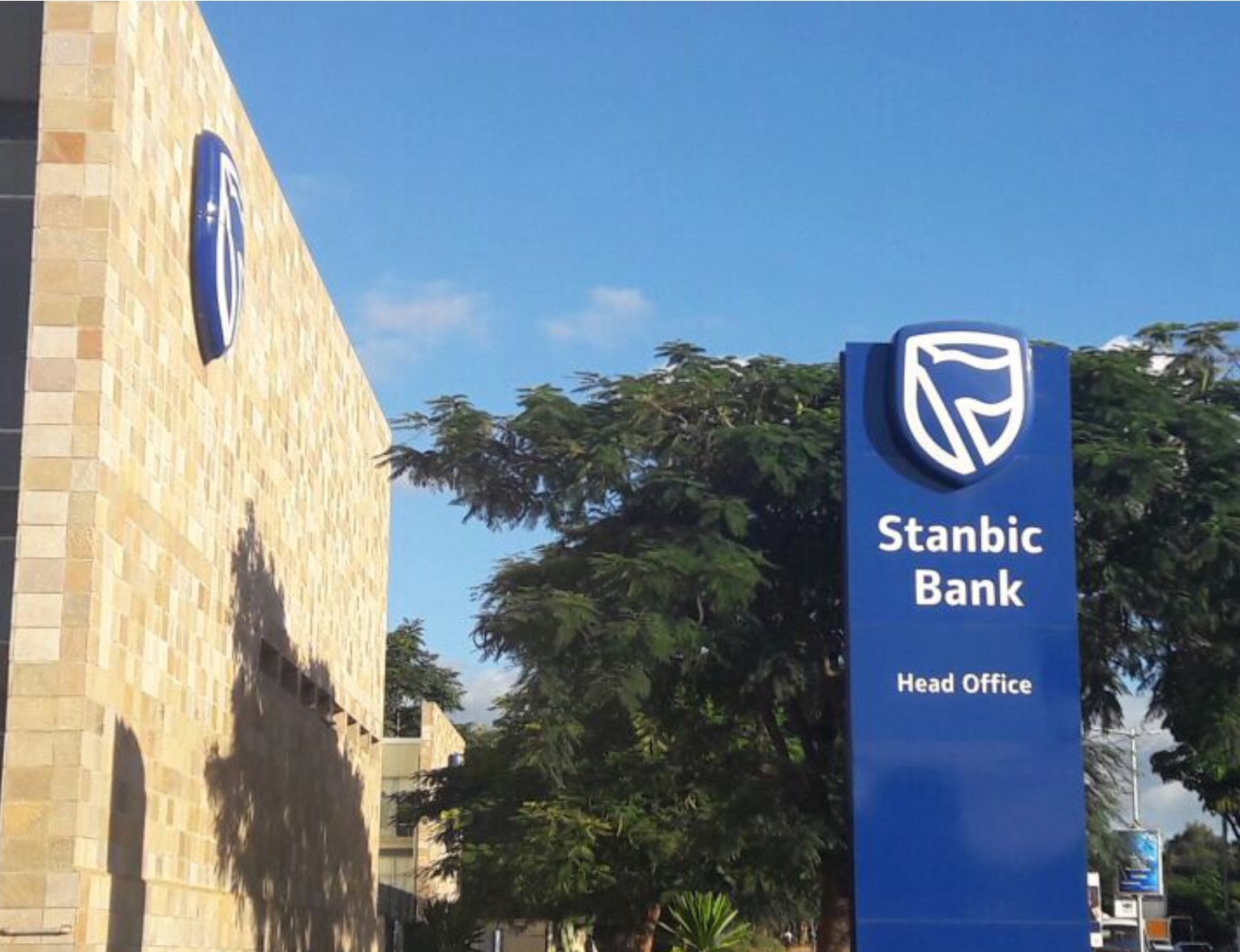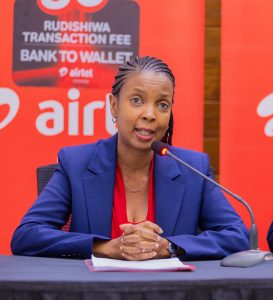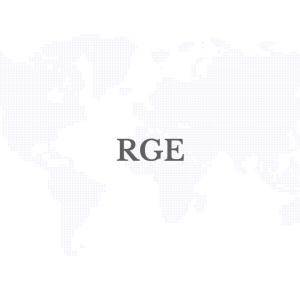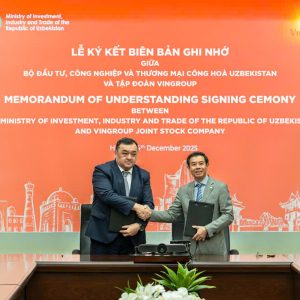
- Supporting SME’s: Lenders’ Role in Fostering Growth
Financial and economic experts have argued in the recent past that money is the lifeblood of any business enterprise. They assert that the availability and uninterrupted circulation of money are crucial for the success of individual businesses and the overall health of the economy.
However, businesses in the country,especially Small and Medium-sized Enterprises (SMEs), are facing a multitude of challenges ranging from inaccessibility to credit to the generally tough economic environment on the back of a weakening shilling, geopolitical tensions, and climate change effects.

Despite small businesses being recognized as the driving force behind economic expansion, they continue to struggle.
To break down the landscape around the aforementioned concerns,Business Quest spoke to Stanbic Bank’s Head of Enterprise Banking, Collins Wanyonyi, to highlight the funding scheme for SMEs.
- As a lender, you offer a range of SME banking products and services. What are some of the products and services you offer, and how do they benefit businesses?
We look at our products and services from a very broad perspective.First of all, the bank wants to position itself as the Supply Chain Bank for SMEs in Kenya and also provide beyond banking services.
To explain the supply chain in a basic format, let me use a farmer’s case.When this farmer produces his mangoes, they go through various stages until they reach the supermarket shelf.
 Therefore, we support the full value chain from the farmer to the supermarket so that you, as a buyer, can access the mangoes on the supermarket’s shelf. When we talk about beyond banking, we are looking at the non commercial banking solutions that we offer to customers.The Stanbic Financial Fitness Masterclass comes top of mind.
Therefore, we support the full value chain from the farmer to the supermarket so that you, as a buyer, can access the mangoes on the supermarket’s shelf. When we talk about beyond banking, we are looking at the non commercial banking solutions that we offer to customers.The Stanbic Financial Fitness Masterclass comes top of mind.
We offer training, including capacity building and quality networking solutions. Additionally, we provide access to information.
This revolves around how much knowledge about the industry the bank can provide, for example, the Purchasing Managers’ Index [PMI] that we release every month.The index gives SMEs information about how the economy operated in the previous month and the areas of focus.
Last but not least, there is access to markets. This is about opening up new markets for SMEs or providing support to distributors to sell more.Our Trade Club Market place opens out markets to traders on the Africa China corridor
- What are the eligibility criteria for SMEs seeking to access financing from Stanbic Bank Kenya? And are there any specific industries or sectors that the bank prefers to finance?
We have no specific criteria to say that we will not finance certain sectors.We have however picked some sectors that we will give priority based on their strategic importance to the country.
We lend to most business categories, and we provide our working capital loans in two categories. The first one is digital lending, where the customer is required to have banked with us for at least six months.
The maximum cap under this tier is Five million, payable in 36 months.
The other type of loan is where a client has to fill out an application form by visiting a branch and making the application.

- How do you ensure that your products and services are tailored to meet the specific needs of SMEs?
Whenever Stanbic is rolling out a new solution or product, we aim to understand the full value chain from the beginning to the end of that solution. For instance, when addressing the needs and challenges brought forward, we do it with specific customer groups. We categorize the customers into sectors and address their needs within those sectors. Example will be our solutions to General Traders, Education institutions,Oil & Gas companies to name but a few.
If you look at a Gikomba market setup, the needs of a Trader in Gikomba is totally different from the Needs of a Trader in Dubois or Taveta Road.We say this because we’ve banked them and observed that the kinds of solutions I would expose to a Trader in Gikomba might vary slightly from the services I would provide to a Trader in Dubois.

For example, a Dubois Trader sells new clothes, while a Gikomba Trader sells second-hand clothes. The target markets for these two products are different, so the behavior of the sellers is also different.
Before rolling out any new product, we always collect ‘the voice of the customer.’ We then develop the solution and outline the pathway from when the customer makes the application to when the customer makes the final loan repayment.
- Talking about the application process, how long does it take before an applicant receives money?
For digital lending, the advantage is that we offer it to customers who already have a transactional banking relationship with the bank for at least six months, and they receive it instantly. After the sixth month, the customer automatically has a loan amount available to them.
The client only needs to go to their mobile banking app and access the loan.This process takes about five seconds to access your money.
For the manual process, where you have to fill out a paper application that goes through a credit risk review, it takes about 72 hours from application to having the money in your account.
- Stanbic Bank is recognized as one of the leading banks in Africa for SME banking. What are some of the key factors that have contributed to this recognition?
The recognition comes from how we tailor our solutions to our customers’ specific needs. We do not provide one-size-fits-all solutions. Instead, we customize our solutions for different customer groups.
For example, for a customer who is involved in importing into the country, we position the solution differently compared to a customer who is involved in domestic buying and selling. Our ability to categorize customers into various segments and provide specific solutions makes us subject matter experts in those fields.
For a long time, we have been known as the ‘oil and gas bank’ because we have supported the main oil marketing companies and the distributors by providing them access to funding and collection solutions for petroleum products through our Mjeki Supply Chain Finance Solution.
 What is your experience with the challenges that SMEs in Kenya face when it comes to accessing financial services?
What is your experience with the challenges that SMEs in Kenya face when it comes to accessing financial services?
First is the issue of record-keeping.SMEs in the country often struggle to maintain adequate records for funding eligibility assessment. Most of them lack a historical performance record that lenders can use to evaluate their creditworthiness.
Second is the issue of collateral, which involves the borrower pledging specific property to secure loan repayment.
- What are some of the emerging trends you have observed in relation to SME funding?
One of the government’s agendas is to support youth-led Fintechs. Through discussions with these technology institutions and players in the sector, we observed a financing gap
As a lender, we decided to come up with a solution called TechConnect, exclusively targeting young individuals involved in technology to ensure they have a transactional account and can access lending to support their ventures.
We understand that they are startups, and within the traditional financial construct, they might not receive much attention. TechConnect is our way of adapting to the trend to support young entrepreneurs.
- How is the bank positioning itself to work with other stakeholders such as the government and private partners to support SMEs?
We have worked with partners and associations to provide solutions to SMEs in the recent past. For instance, our partnership with GIZ has led to agreements with five counties: in accelerating their business recovery and growth post the Covid19 Pandemic
This initiative aims to help smaller SMEs find working capital to grow their businesses and become more bankable.
We have also collaborated with USADF to provide grant funding to SMEs, with a maximum of 5 million per participant, to foster development and ensure that the beneficiaries can become bankable within a period of two years.
Additionally, we’ve worked closely with MSEA and provided digital connectivity for SMEs in about seven locations, where the bank has provided internet and computers to youth groups operating under MSEA for capacity building.








